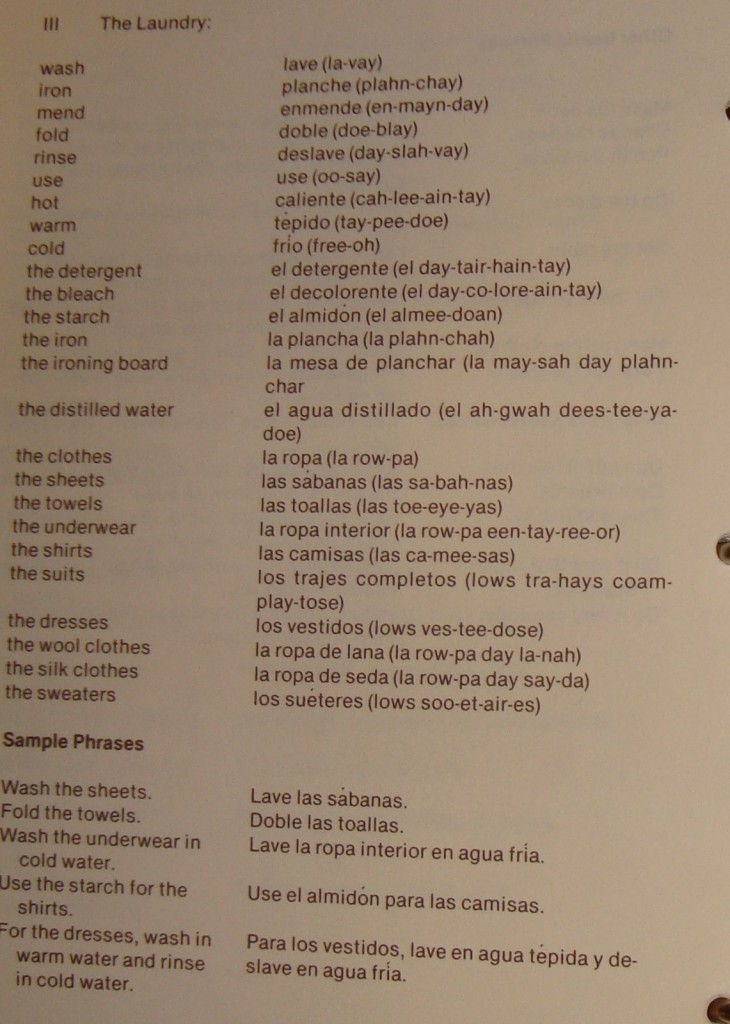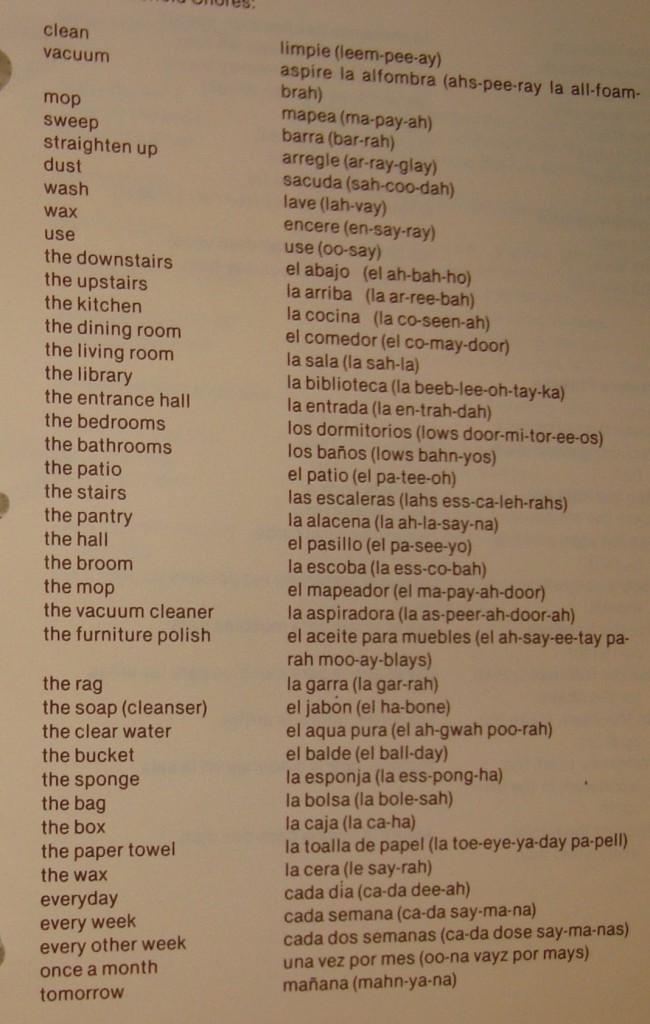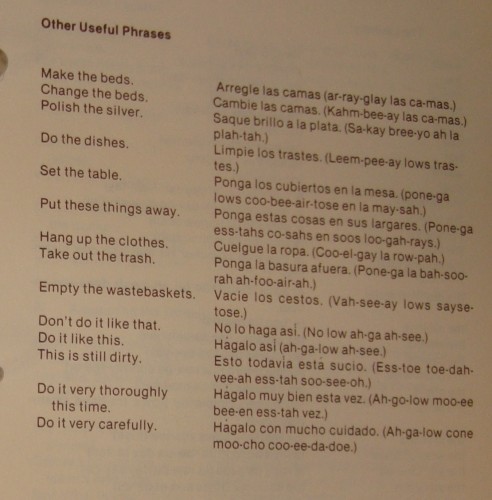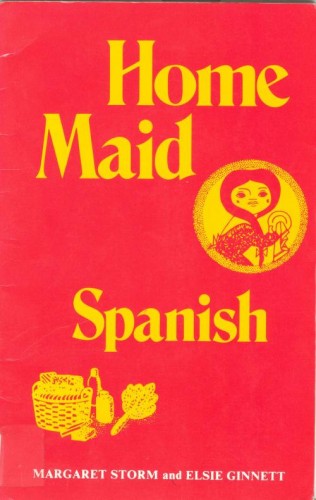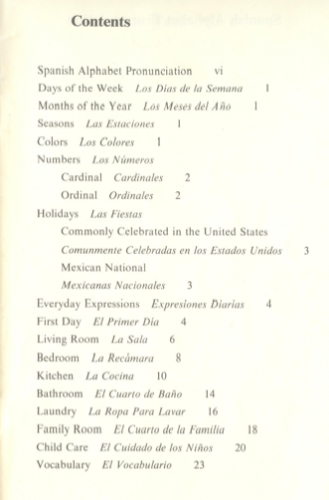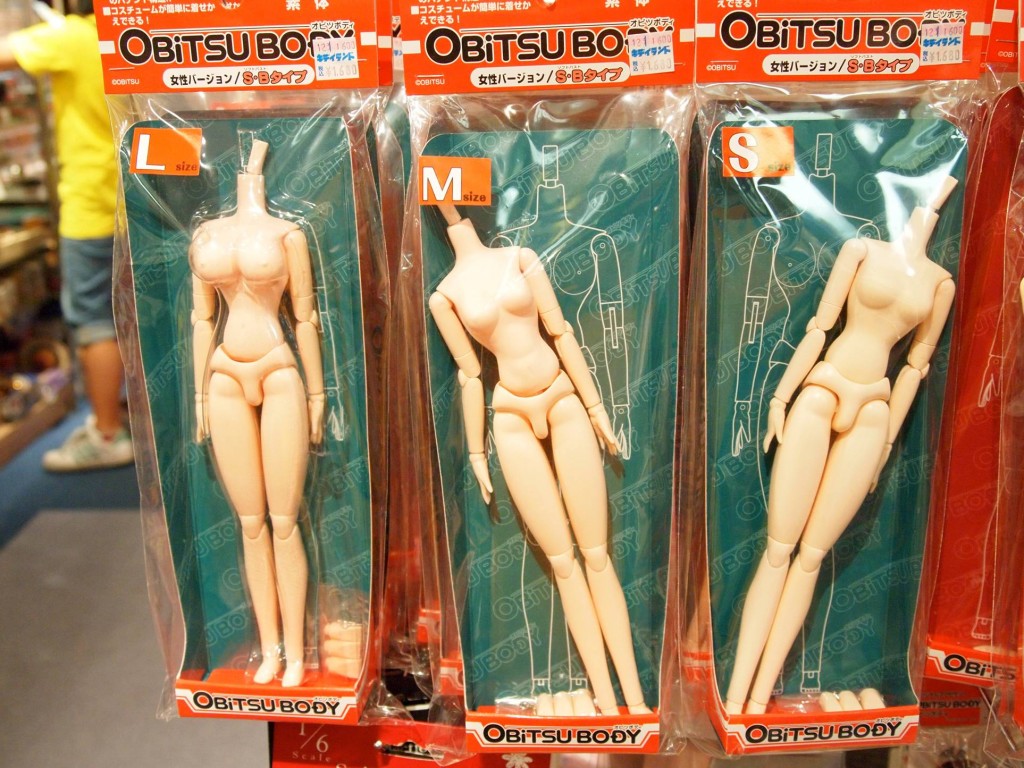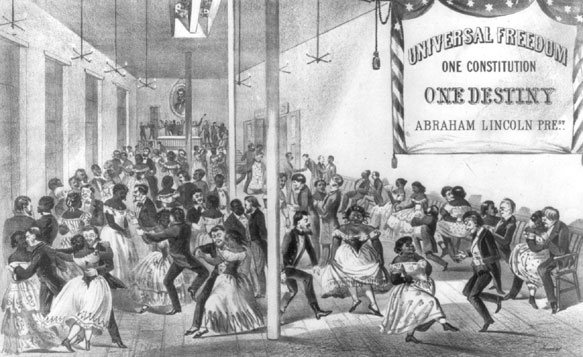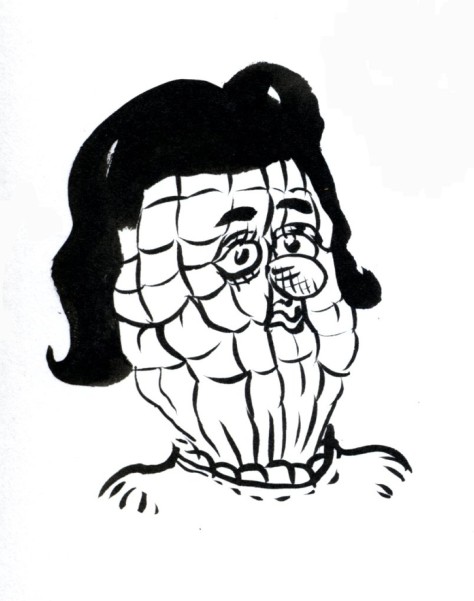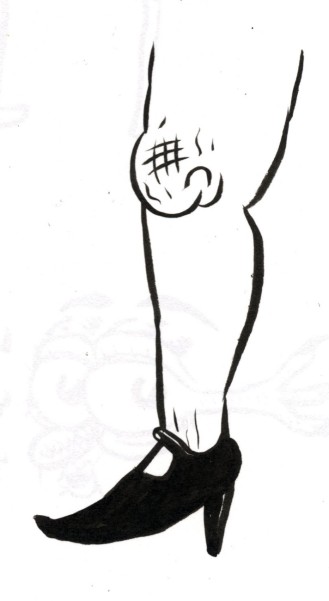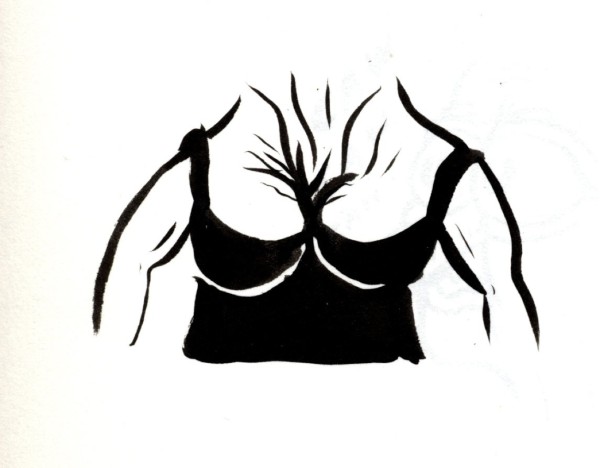
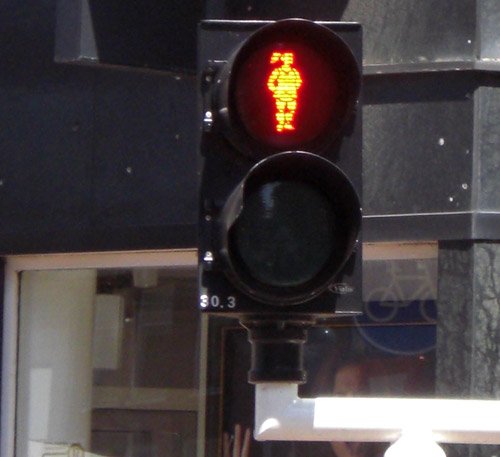
On this sign, woman = person… and in most places in the world, most of the time, that is weird!
The sign, found here (via), can be found in Haarlem, Netherlands.
UPDATE: In the comments, Tara linked to a BBC story about Fuenlabrada, Spain. They’ve replaced half of all walk/don’t walk signs with figures in skirts.
And Astrid linked to some examples from Germany.
The social construction of female as skirted aside, neat!
Spain:

Germany:

NEW! Pharmacopaeia also linked to a sign from New Zealand:

Also in the comments, Caroline asked us to link to our post where stick figures suddenly sprout skirts when paired with children.
—————————
Lisa Wade is a professor of sociology at Occidental College. You can follow her on Twitter and Facebook.

